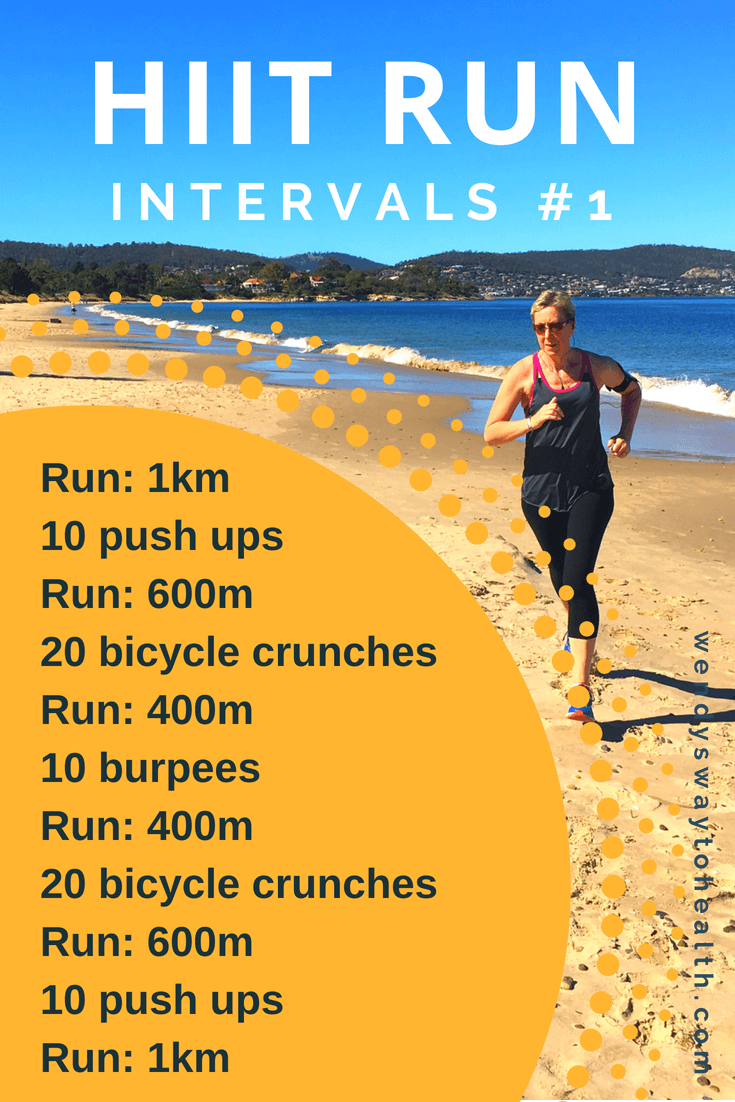Overhaul Your Running Strategy: Tips for Enhanced Efficiency
Overhaul Your Running Strategy: Tips for Enhanced Efficiency
Blog Article
The Ultimate Guide to Handling Discomfort When Running
Whether you are a skilled marathoner or just beginning your running trip, comprehending the different types of pain that can emerge and the strategies to address them is critical. From pre-run workout regimens to correct footwear selection, there are numerous factors to think about when it comes to dealing with discomfort while running.

Comprehending Different Types of Running Pain
When running, it is vital to distinguish in between various types of discomfort to avoid injuries and make the most of efficiency (Read More). One usual kind of pain that runners may experience is muscle soreness, which commonly arises from the stress placed on muscles during workout. This kind of discomfort is usually a typical component of the running procedure and can be handled with proper workout, cool-down, and stretching regimens
One more sort of pain to be familiar with is joint pain. Joint discomfort can suggest issues such as overuse, incorrect form, or underlying problems like joint inflammation. Ignoring joint discomfort can cause a lot more extreme injuries, so it is crucial to attend to any type of discomfort quickly and possibly look for specialist suggestions.
Furthermore, sharp or stabbing discomforts ought to not be overlooked. These kinds of pain can indicate intense injuries such as strains, strains, or anxiety cracks - running workout. Proceeding to go through these kinds of pain can worsen the injury and prolong healing time

Pre-Run Workout and Stretching Routine
To prepare the body for a running session, executing a reliable pre-run workout and extending routine is crucial. A correct workout assists increase blood flow to the muscles, improves versatility, and lowers the risk of injury throughout the run. Begin with vibrant stretches like leg swings, arm circles, and high knees to slowly increase your heart price and relax the muscular tissues. Dynamic extending assists resemble the activities you'll be doing while running, preparing your body for the task ahead. Follow this with static stretches concentrating on significant muscle groups such as the hamstrings, quadriceps, calf bones, and glutes. Hold each go for regarding 15-30 secs without bouncing to promote muscle mass relaxation and versatility. Keep in mind to pay attention to your body and change the strength of your workout based on your physical fitness degree and any type of pre-existing problems. By including a regular pre-run workout and stretching regular right into your running program, you can enhance efficiency and lessen the danger of pain or injury.
Appropriate Footwear Option and Fit
When selecting running footwear, it is important to think about aspects such as foot kind, running gait, arch support, cushioning, and footwear size. Seeing a specialized running shop for a stride evaluation and specialist fitting can assist guarantee that you select the right shoes for your individual requirements. Spending in premium shoes that is ideal for your running design and foot composition is a proactive action towards protecting against discomfort and injuries during your runs.
Nutrition and Hydration Tips for Pain Prevention

Hydration is just as vital for runners to prevent pains, dehydration, go to this website and other discomforts that can lead to pain throughout running. By prioritizing nutrition and hydration, joggers can boost their performance, minimize discomfort, and enjoy a more comfortable running experience.
Post-Run Healing Techniques to Reduce Pain
Applying efficient healing methods is necessary for easing pain and promoting muscle healing after running sessions. Additionally, topping sore areas for 15-20 mins can assist minimize inflammation and numb pain post-run.
Consuming a balanced treat or dish that consists of healthy protein and carbs within 30 minutes of completing a run can help repair muscle tissue and replenish energy stores. By incorporating these post-run recovery strategies into your regimen, you can successfully handle discomfort and maximize your running performance.
Final Thought
In final thought, addressing different types of running discomfort through proper workout, extending, shoes choice, nourishment, hydration, and post-run recovery strategies is important for discomfort prevention and monitoring. By recognizing the sources of discomfort and carrying out these strategies, joggers can reduce discomfort and possible injuries. It is crucial to prioritize overall physical health and wellness and wellness to ensure an effective and delightful running experience.
Report this page